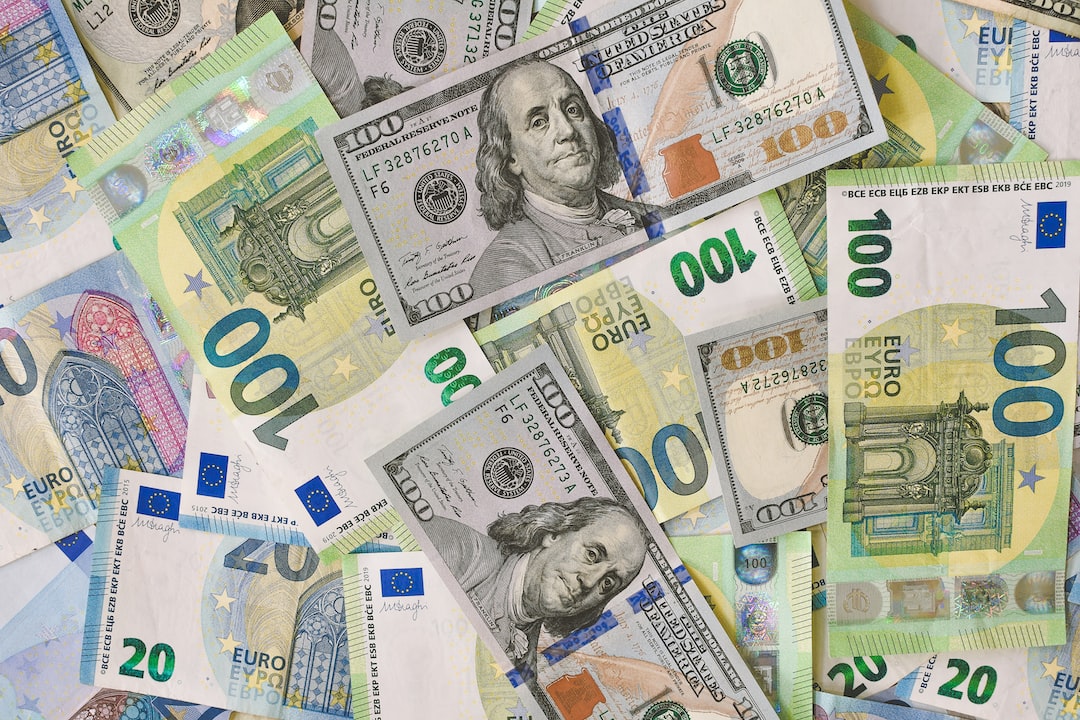Forex analysis is the study of the financial markets, specifically the foreign exchange (forex) market, in order to make informed trading decisions. Forex analysis can be broken down into two main categories: fundamental analysis and technical analysis.
Fundamental analysis involves analyzing economic and political factors that may affect a currency’s value. This includes studying macroeconomic indicators such as GDP, inflation, and interest rates, as well as geopolitical events such as elections and trade agreements. By understanding these factors, traders can make predictions about how a currency will perform in the future.
Technical analysis, on the other hand, involves studying price charts and using mathematical indicators to identify patterns and trends. This type of analysis is based on the idea that market trends, patterns, and behaviors can be identified and used to predict future price movements. Technical analysis can help traders identify entry and exit points for trades, as well as determine where to place stop-loss orders to minimize losses.
Both fundamental and technical analysis are important for forex traders to understand, as they provide different perspectives on market conditions and can help traders make more informed decisions. Traders often use a combination of both types of analysis to get a more complete picture of the market.
Fundamental analysis in forex trading
Fundamental analysis involves examining economic, financial, and other qualitative and quantitative factors that may affect the price of a currency. This can include factors such as:
– Interest rates: Higher interest rates tend to attract foreign investment and can increase demand for a currency, causing its value to rise.
– Inflation: High inflation rates can decrease the value of a currency as it becomes less attractive to investors.
– Political stability: Political instability or uncertainty can decrease demand for a currency and cause its value to decline.
– Economic data: Reports on economic activity such as GDP, employment, and retail sales can provide insight into the strength of an economy and affect a currency’s value.
Traders who use fundamental analysis often keep up-to-date with economic news and announcements, and use this information to make trading decisions. For example, if a country’s central bank announces an interest rate hike, traders may buy that currency in anticipation of increased demand.
Technical analysis in forex trading
Technical analysis involves studying price charts and using mathematical indicators to identify patterns and trends. Traders who use technical analysis believe that market trends, patterns, and behaviors can be identified and used to predict future price movements.
Common technical analysis tools include:
– Moving averages: A moving average is the average price of a currency over a certain period of time. Traders may use moving averages to identify trends and determine entry and exit points for trades.
– Relative strength index (RSI): The RSI is a momentum oscillator that measures the speed and change of price movements. Traders may use the RSI to identify overbought or oversold conditions and potential trend reversals.
– Bollinger Bands: Bollinger Bands are a volatility indicator that show the high and low price range for a currency over a certain period of time. Traders may use Bollinger Bands to identify potential trend reversals.
Traders who use technical analysis often rely on charts and graphs to visualize market trends and identify potential trading opportunities. By using technical indicators, traders can make more informed decisions about when to enter or exit a trade.
Conclusion
Forex analysis is the study of the financial markets, specifically the foreign exchange (forex) market, in order to make informed trading decisions. There are two main types of analysis: fundamental analysis and technical analysis. Fundamental analysis involves examining economic and political factors that may affect a currency’s value, while technical analysis involves studying price charts and using mathematical indicators to identify patterns and trends.
Both types of analysis are important for forex traders to understand, as they provide different perspectives on market conditions and can help traders make more informed decisions. Traders often use a combination of both types of analysis to get a more complete picture of the market. By understanding forex analysis, traders can make better decisions and increase their chances of success in the forex market.





